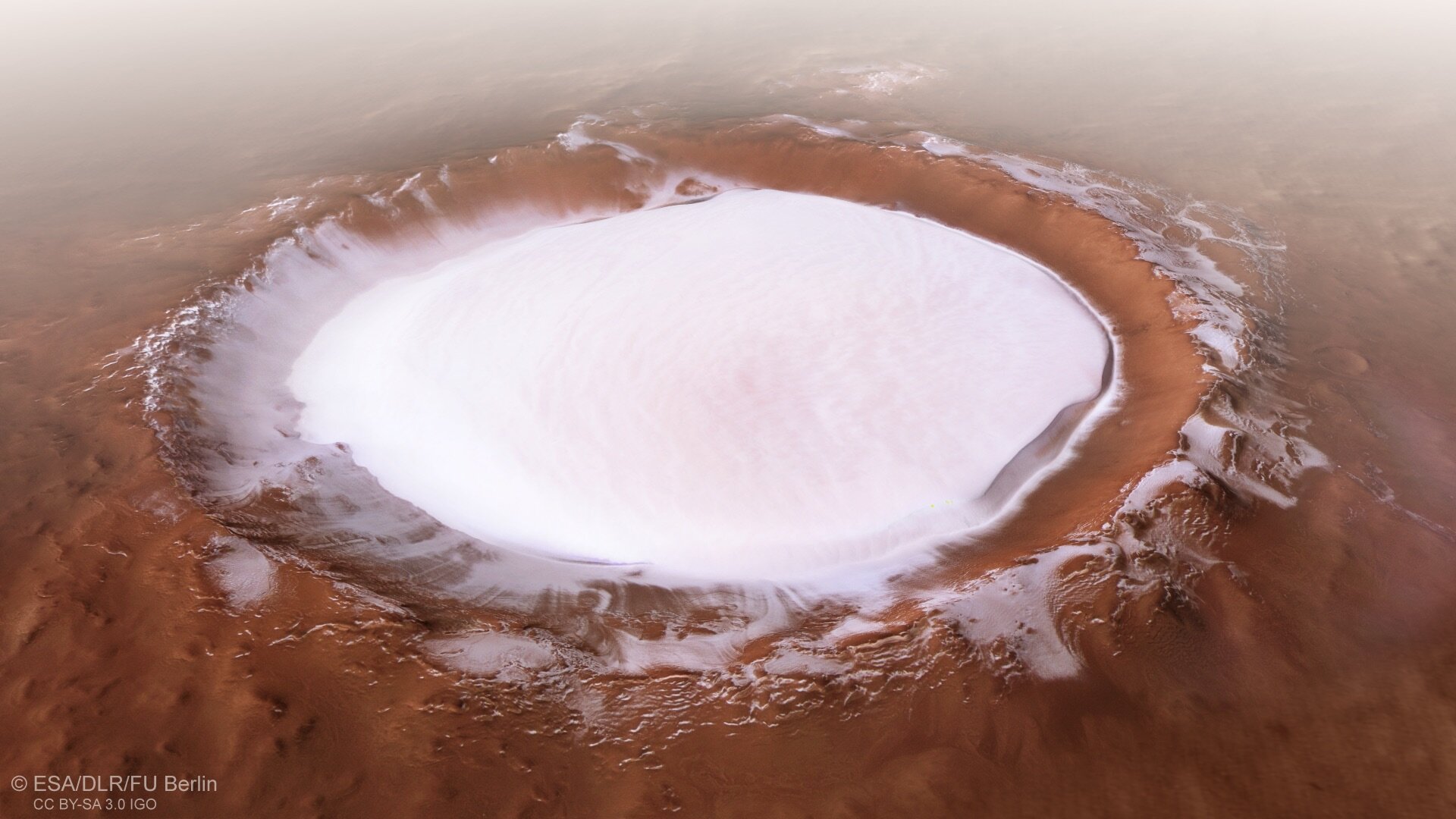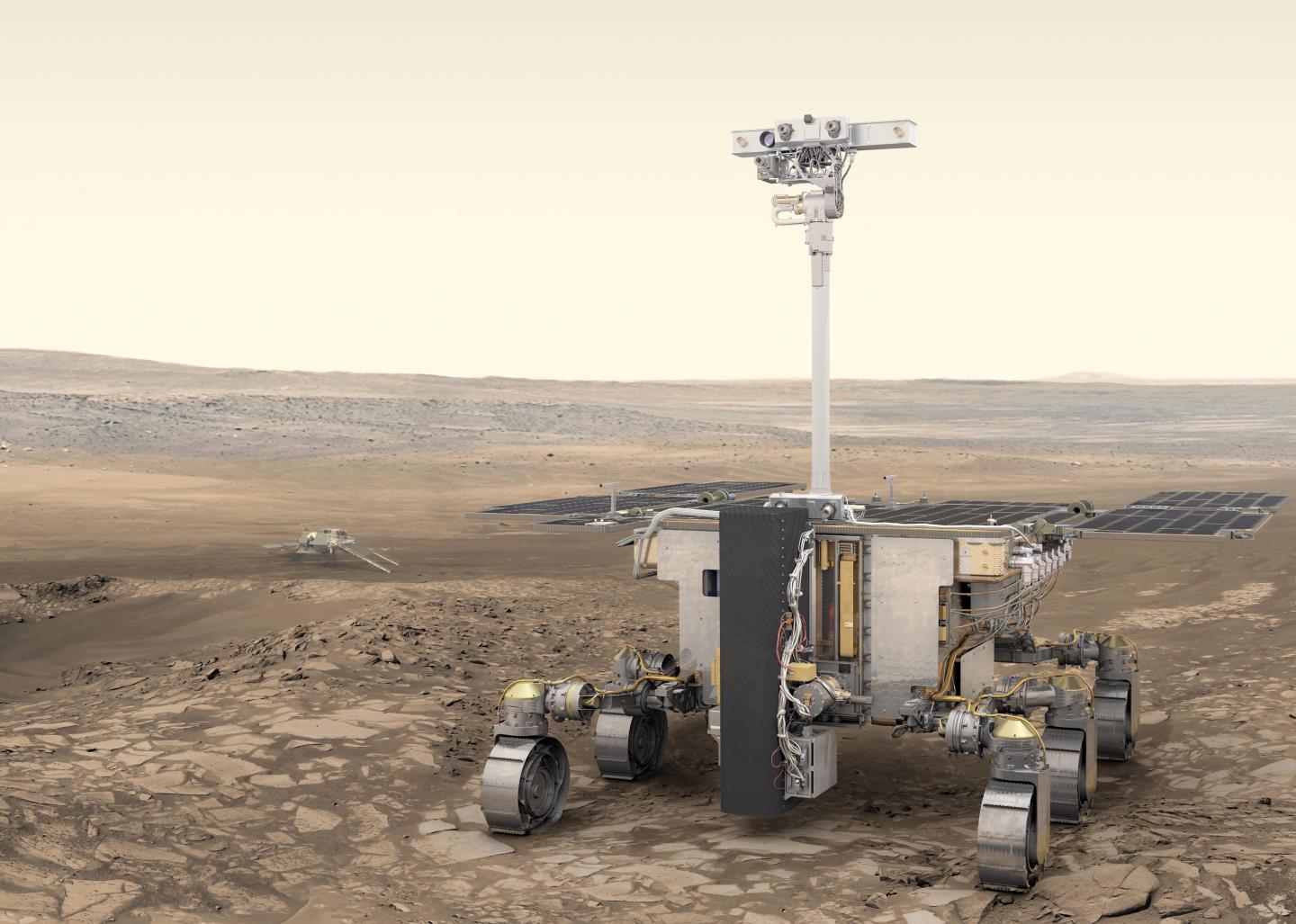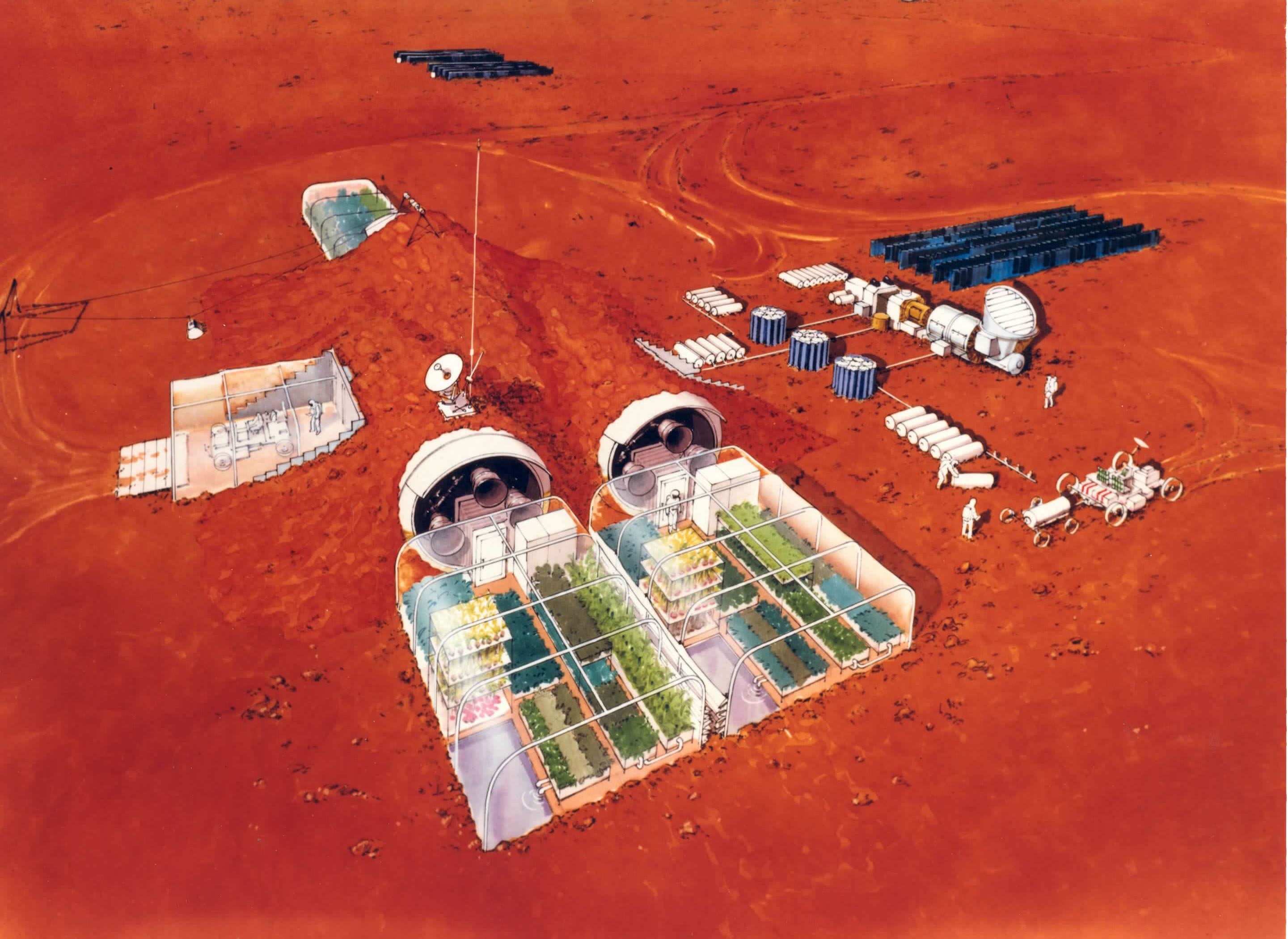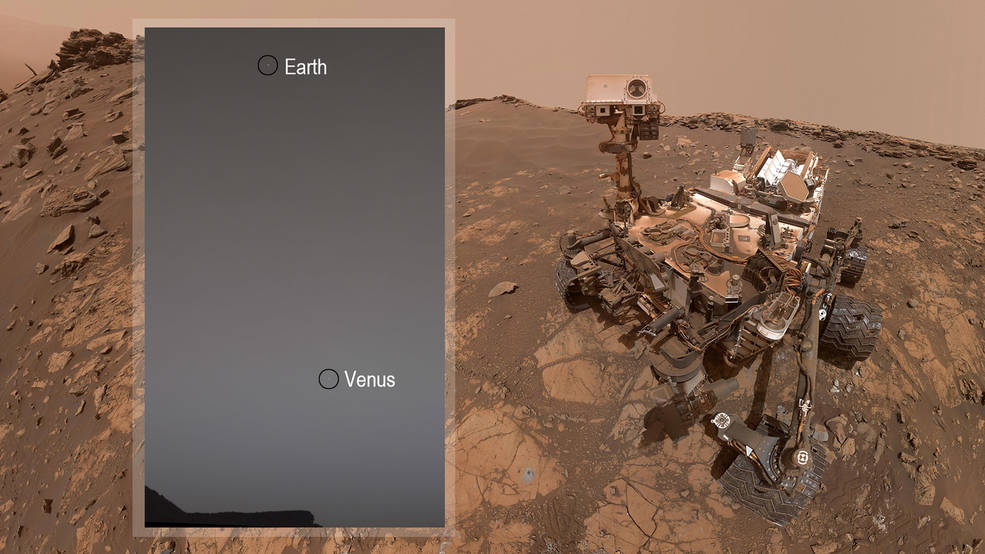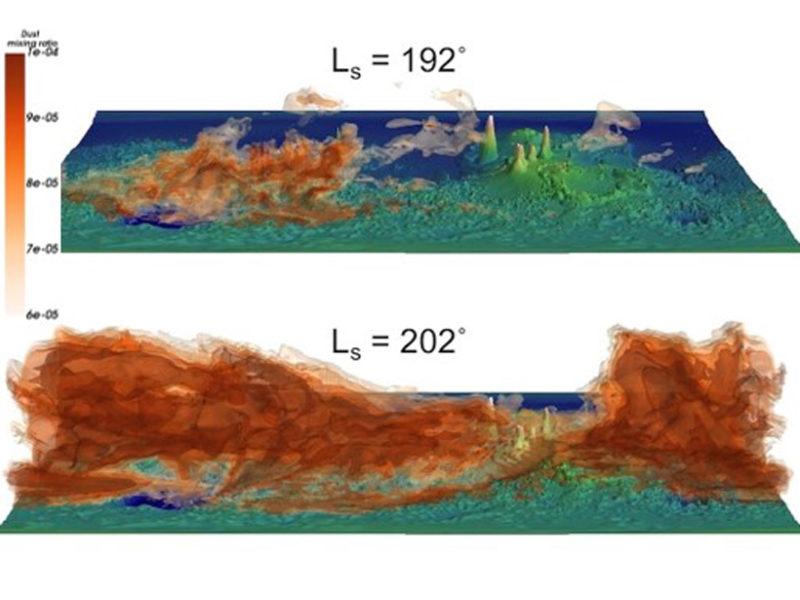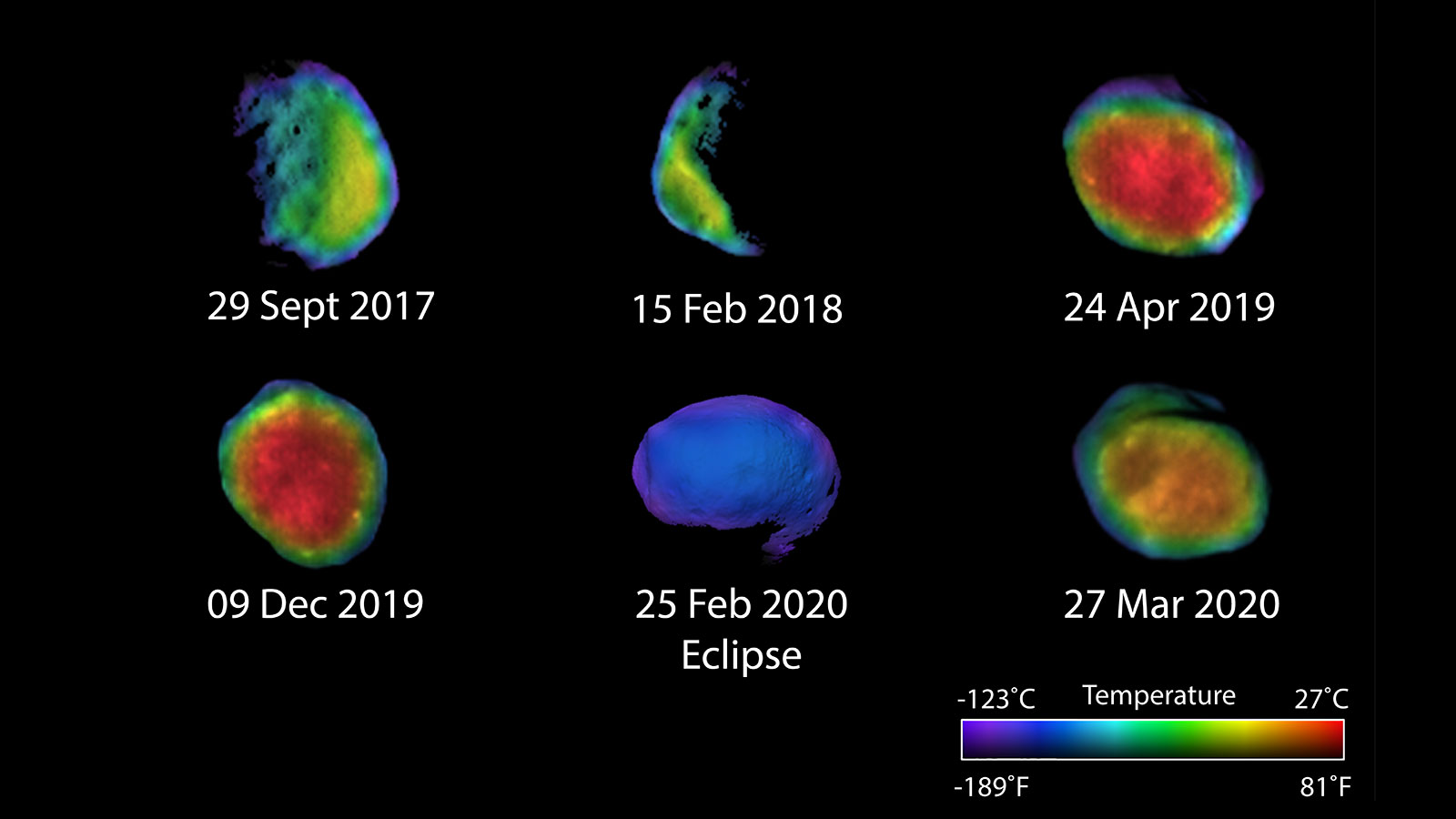“The core essence of Mars City Design is —not to repeat the same mistakes that we did to our planet. The hope to start a new design for living on Mars, every single thing needs to have a sustainable answer within the big picture, of the regenerative circle of life and of the product itself. All things need an exit plan that allows them to be reusable or repurposed. That can hopefully inspire change on Earth.”
-Vera Mulyani (Vera Mars), Founder/CEO Mars City Design
Once the stuff of science fiction, the possibility that humans could establish a permanent settlement on Mars now appears to be a genuine possibility. While doing so represents a major challenge and there are many hurdles that still need to be overcome, the challenge itself is inspiring some truly creative solutions. But what is especially interesting is how these same solutions can also address problems here on Earth.
This is especially clear where the Mars City Design Challenges are concerned. This annual competition was founded with the purpose of inspiring innovative ideas that could lead to sustainable living on Mars. For this year’s challenge, “Urban Farming for Extreme Environment,” Mars City Design and its founder (Vera Mulyani) are looking for designs that incorporate urban farming to support a colony of 100 people.
Continue reading “Ideas for Sustainable Cities and Urban Farming… on Mars?”
